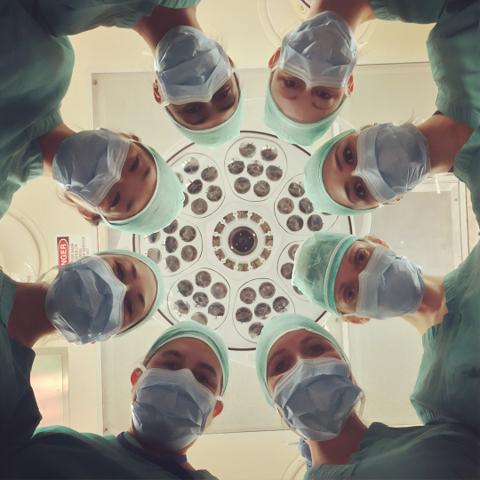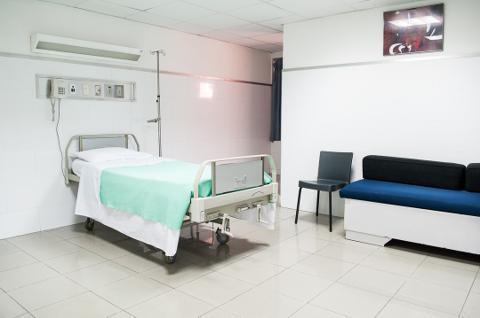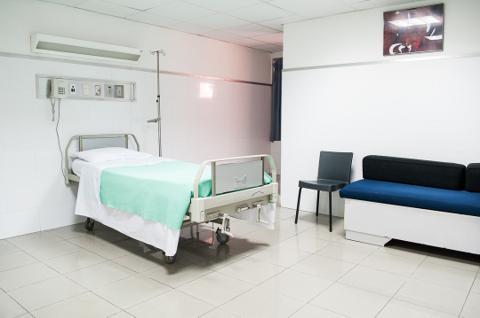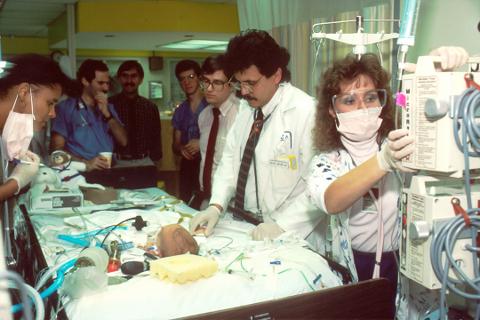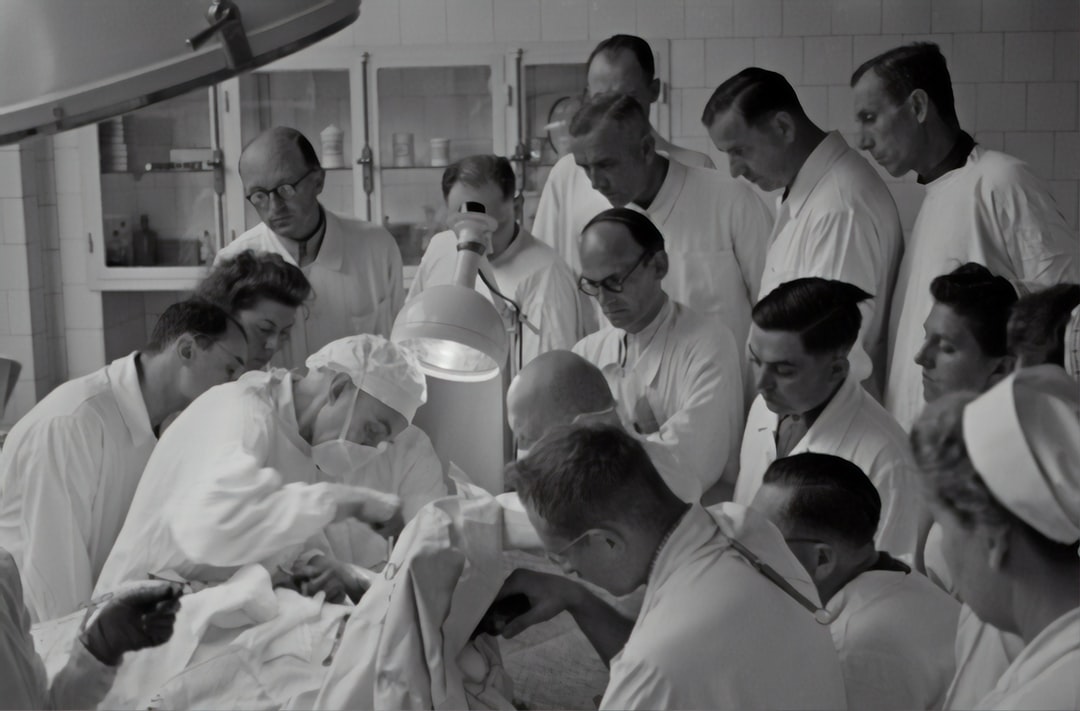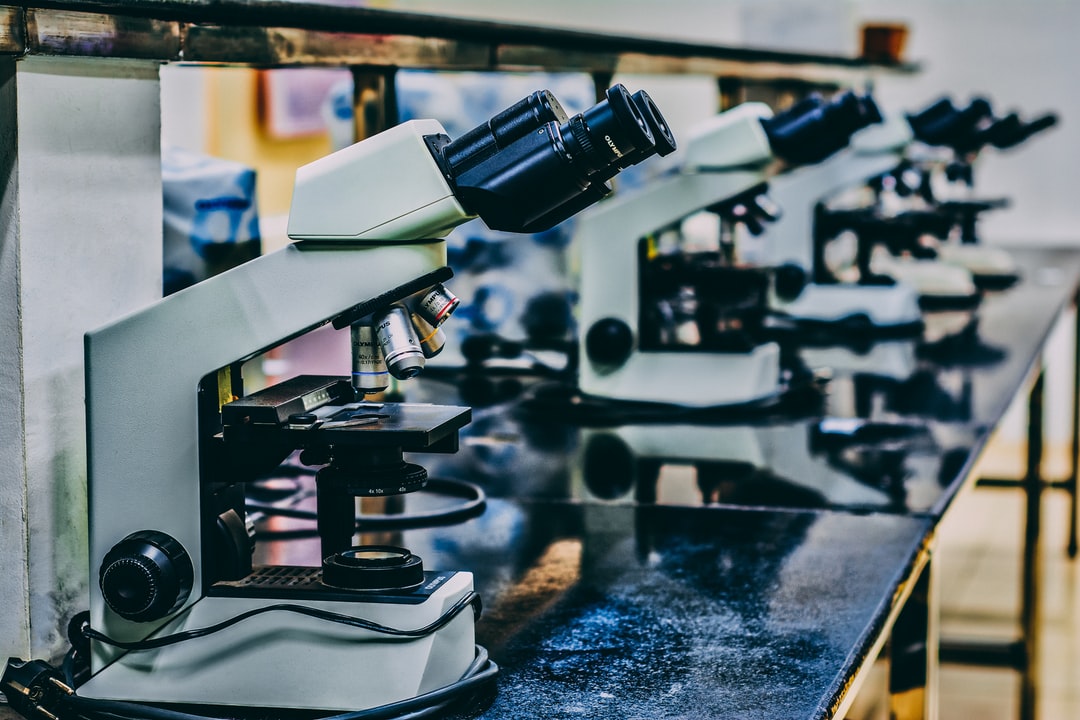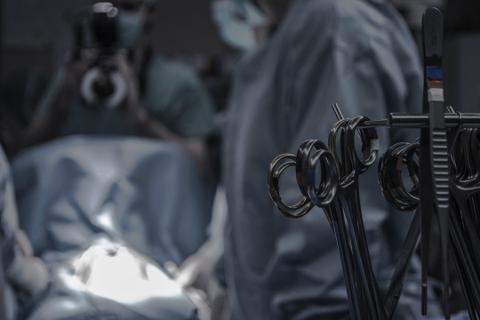What is malaria?
Anopheles malaria
mosquito
Definition
Malaria is a parasitic infection transmitted through infected female Anopheles mosquitoes. The reason that malaria is primarily transferred by female mosquitoes is that male Anopheles do not feed on blood. Female Anopheles feed most often at night. It is common in tropical and subtropical parts of the Americas, Asia, and Africa. Every year malaria infects approximately 400 million people and kills 1-3 million of those infected, most often children in sub-saharan Africa. The disease is caused b the protozoan parasite Plasmodium, with the most serious infections being caused by Plasmodium falciparum and Plasmodium vivax. The malaria parasites asexually reproduce in red blood cells resulting in anemia, fever, chills, and nausea. As no vaccine is currently available, prevention is largely limited to preventing bites from infected mosquitoes using spraying programs, mosquitoe nets, insect repellants, and removing standing water where mosquitoes lay their eggs. Preventative medications must be taken continuously to prevent infection. Active infection can be treated with antimalarial drugs such as quinine or artemisinin derivatives. Drug resistance has become a growing problem however.
Malaria symptoms
Symptoms of malaria infection include fever, shivering, joint pain, vomiting, anemia, and convulsions. The usual progression of symptoms is sudden coldness following by rigor and fever/sweating for 4-6 hours occurring every 2-3 days. Children with malaria often show signs of severe brain damage including abnormal posturing. Severe malaria is usually caused by P. falciparum and usually appears 6-14 days following infection. Severe malaria can result in coma and death if untreated, especially in children and pregnant women. Severe organ damage may also occur and infected organs include the brain, liver, spleen, and kidneys. While P. falciparum can cause severe malaria, it is rarly chronic. Chronic malaria, where disease relapse can occur months or years after exposure, is occasionally seen from P. vivax or P. ovale infection due to latent parasites remaining in the liver.
Plasmodium life cycle
The main vector of Plasmodium transmission is the female Anopheles mosquito. The malaria parasite first enters the mosquito when the mosquito feeds on an infected human carrier. Anopheles carries Plasmodium sporozoites in their salivary glands. The parasite gametocytes differentiate into male or female gametes and come together in the mosquito gut. An ookinete results that produces an oocyst in the gut wall. The oocyst eventually ruptures, releasing more sporozoites which migrate to the salivary gland where they are available to infect a human host. The sporozoites are injected into the human skin with mosquito saliva.
Once a human is infected, malaria develops in 2 phases, one phase involves the liver (hepatic) and the other phase involves the red blood cells (erythrocytic). Sporozoites migrate to the liver, infecting hepatocytes and multiplying asexually. This phase is known as a dormant phase since it is usually asymptomatic and lasts from 6-15 days. In the liver, the sporozoites differentiate into merozoites which cause hepatocyte rupture. The merozoites then infect red blood cells (RBCs). It is able to do this undetected by the host immune system by wrapping itself in a coat of hepatocyte cell membrane.
Infection of the RBCs begins the erythrocytic stage of the life cycle. The parasites continue to multiply asexually in the RBCs and occasionally break out to invade new RBCs. These waves of amplification produce the typical waves of fever. The parasite evades the host immune system because it tends to remain inside cells. Despite this tactic, infected RBCs are destroyed in the spleen. To avoid this, P. faciparum expresses adhesive proteins called Plasmodium faciparum erythrocyte membrane protein 1 (PfEMP1) on the surface of infected RBCs causing them to stick to vessel walls. This sticking to vessel walls can give rise to hemorrhagic complications.
Evolutionary implications
Sickle-cell disease
Malaria has resulted in profound selective pressure on humans due to the high levels of morbidity and mortality. Sickle-cell disease is the best studied of the selective pressures of malaria. Sickle-cell disease arises from a mutation in the HBB gene encoding the beta globin subunit of hemoglobin. A single Glu-Val point mutation results in polymerization of hemoglobin molecules deforming the RBCs into a sickle shape. These sickle cells are rapidly destroyed by the spleen. This rapid destruction is actually an advantage in malaria infection because RBCs become deformed and destroyed before daughter parasites can emerge. Individuals heterozygous for the sickle-cell mutation (sickle-cell trait) usually have low levels of anemia, but also have a greatly reduced chance of developing serious malaria infection. There are 4 haplotypes of sickle-cell trait, suggesting that the mutation has emerged independently at least 4 times.
Other selective pressures
In many regions, the gene frequency of the blood disorder beta-thalassemia is related to the level of malaria in a given population. In one study, children with beta-thalassemia had a 50% reduced likelihood of developing clinical malaria infection. Other genotypes that have conferred resistance to malaria include the lack of Duffy antigens in indigenous people of west and central Africa, genetic deficiency in glucose-6-phosphate dehydrogenase (G6PD), and interleukin-4 (IL4-524 T allele).
Recent malaria jobs are highlighted here. Jobs are updated twice a day. Occasionally, we also feature jobs that may be of particular interest to our readers below. Job postings are free for academic and nonprofit groups. If you would like to post a job, click here.
Click here to browse all of our malaria jobs.
Malaria links are profiled and rated. You can rate each website and view the websites in a number of categories including portals, blogs, databases, software and several other categories. Below you will find the top 10 rated malaria links.
Click here to view the links.
Malaria Parasite Metabolic Pathways
Malaria Matters
Impact Malaria
European Malaria Vaccine Initiative
VOICES for a Malaria Free Future
Hemozoin and Plasmodium Discussion Forum
Malaria Database
CDC - Malaria
Malaria
Malaria
Recent malaria literature is highlighted with this tool. We have taken the entire set of malaria articles and arranged them according to their previous or expected citation rate. This allows you to quickly identify the most important articles in the field.
Articles are updated daily and advance publications are shown before they appear in medline and they are updated every hour.
Click here to use the tool.
Recent malaria news and press releases are highlighted. We scour over 20,000 news sources to bring you the latest malaria news. The information is updated every 4 hours, so you can be sure to be getting the latest news on the topic.
Click here to view the news.
Featured Malaria Book
Malaria (Understanding Diseases and Disorders)
Book Database
Malaria laboratories are featured here. We have actually profiled nearly 99% of all malaria laboratories. We have also ranked all labs based upon the citation rating of the papers of the principal investigator. Laboratories may alter information on each lab page including picture, publications, affiliation, and biography. Below you will find the top 20 malaria laboratories.
the labs.
- Dr. LH Miller
- Dr. SL Hoffman
- Dr. NJ White
- Dr. WE Collins
- Dr. S Looareesuwan
- Dr. AV Hill
- Dr. VP Sharma
- Dr. AF Cowman
- Dr. K Marsh
- Dr. BM Greenwood
- Dr. RS Nussenzweig
- Dr. PG Kremsner
- Dr. RW Snow
- Dr. P Druilhe
- Dr. M Aikawa
- Dr. TE Wellems
- Dr. MF Good
- Dr. RE Sinden
- Dr. J Le Bras
- Dr. A Saul
all over the world, in urban and rural environments.
Discover More
